Four decades of conflict with Iran, explained
Iran and the U.S. have been enemies since 1979. Why?
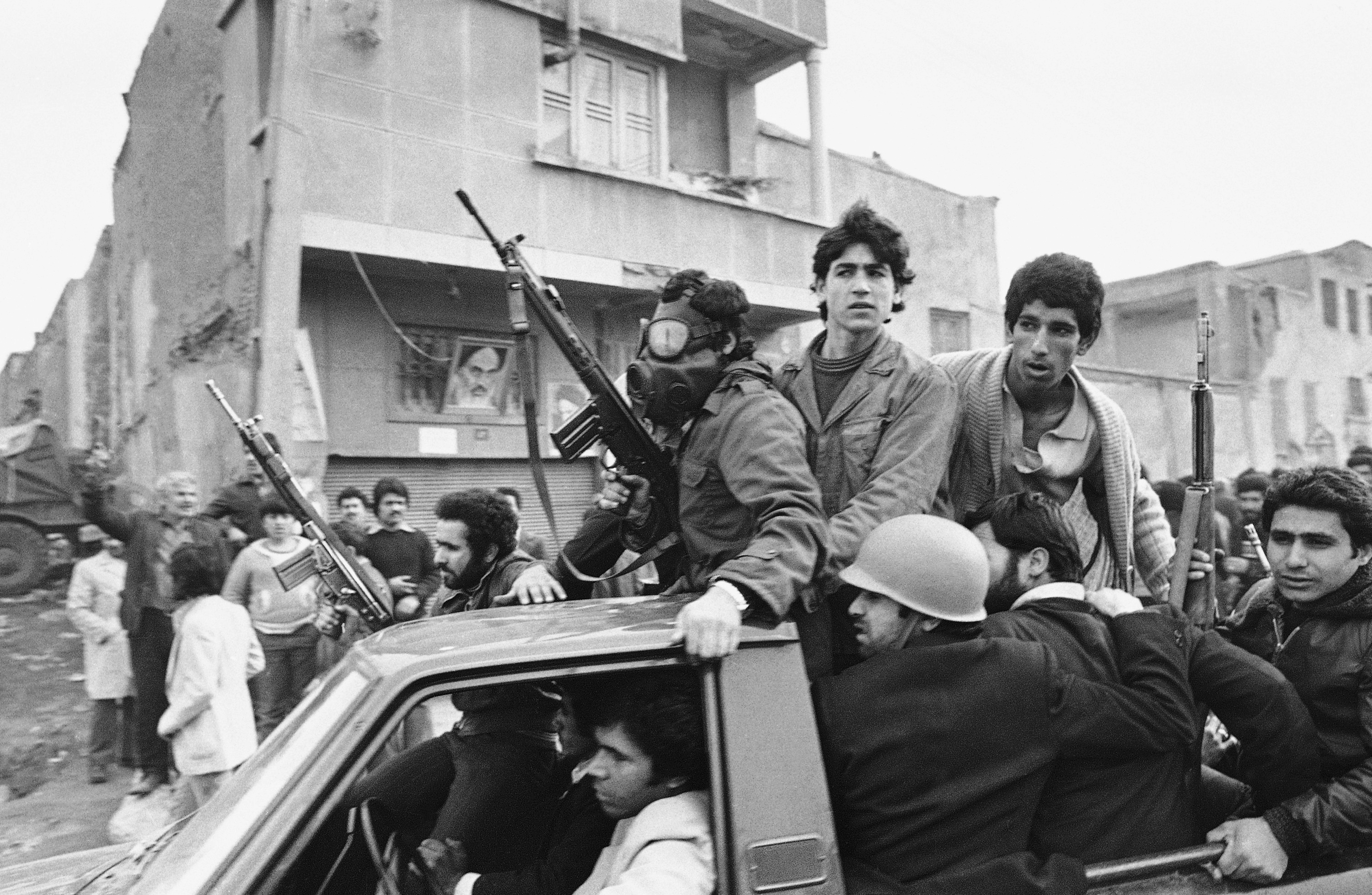
Iran and the U.S. have been enemies since 1979. Why? Here's everything you need to know:
What is the state of relations?
For four decades, the U.S. and Iran have been locked into what is essentially an ongoing, low-grade war. Since its inception in 1979, the Shiite theocracy, now run by Supreme Leader Ayatollah Ali Khamenei and a council of top clerics, has considered the U.S. the "Great Satan" — an intruder in the Middle East and a primary obstacle to the mullahs' goal of sustaining and spreading their Shiite Islamic revolution. Speeches and sermons often end with the chant "Death to America!" Iran sponsors a network of Shiite militias and parties in countries across the Middle East, including Hezbollah in Lebanon and the Badr Organization in Iraq, and it is sworn to the destruction of key U.S. ally Israel. Over the years, Iranian-backed terrorists have attacked U.S. troops and killed hundreds of Americans. From Iran's point of view, the U.S. has sought to destroy its regime almost from its inception, surrounding it with military bases in Iraq, Afghanistan, Turkey, and the Gulf states and crippling its economy through punishing sanctions.
The Week
Escape your echo chamber. Get the facts behind the news, plus analysis from multiple perspectives.

Sign up for The Week's Free Newsletters
From our morning news briefing to a weekly Good News Newsletter, get the best of The Week delivered directly to your inbox.
From our morning news briefing to a weekly Good News Newsletter, get the best of The Week delivered directly to your inbox.
When did problems begin?
It all started in 1953, under President Eisenhower, when the CIA and British intelligence led a coup against elected Iranian Prime Minister Mohammad Mossadegh, who had nationalized the Anglo-Iranian Oil Co. The shah, modern reformer Mohammad Reza Pahlavi, was installed as head of state and restored British and U.S. access to oil. The shah created a secret police force, SAVAK, to keep various leftist and religious opposition groups in check, but its authoritarian abuses further embittered Iranians who considered the shah a puppet of the West. Ayatollah Ruhollah Khomeini, a fundamentalist cleric who had been banished to France, inspired massive protests that forced the shah to flee, enabling the ayatollah to return and set up a theocratic government. When President Jimmy Carter allowed the ailing shah to come to America for medical treatment, enraged Iranian students broke into the U.S. Embassy, taking 52 American diplomats hostage for a gut-wrenching 444 days.
What happened under Reagan?
The U.S. and the Iranian theocracy struggled, often violently, for influence in the region. In 1983, a Hezbollah truck bomb killed 241 Americans, mostly Marines, who were on a peacekeeping mission in Lebanon to support the Christian-led government. President Reagan then withdrew U.S. soldiers from Lebanon. Iraq's Saddam Hussein, meanwhile, launched a war against Iran that cost 500,000 lives, with the U.S. providing support to Iraq as the lesser of two evils. Amid heightened tensions, the U.S. Navy mistakenly shot down an Iranian passenger jet in the Persian Gulf in 1988, killing all 290 people on board. It was during this period that Iran decided to develop nuclear weapons.
A free daily email with the biggest news stories of the day – and the best features from TheWeek.com
How did the nuclear program start?
Iran began working with Pakistan, China, and Russia to develop nuclear technology, insisting it would be used only for electrical generation. But in 2002, Iranian dissidents revealed that Iran had built a uranium enrichment plant at Natanz that could be used to help build a bomb. Over the ensuing years, Iran repeatedly evaded United Nations inspectors and lied about the extent of its activities. After the U.S. invaded Iraq in 2003, largely to establish a pro-Western democracy in the region, Iran began supporting Iraq's Shiite militias, who killed hundreds of U.S. soldiers with improvised bombs. When President Barack Obama took office, he sought to broker a deal with Iran; in 2015, U.S. negotiators and Iranian President Hassan Rouhani — a relative moderate — reached an agreement to curtail Iran's nuclear program.
What was in the nuclear deal?
Iran agreed to slash the number of its uranium centrifuges — machines that can spin that element into a highly enriched form usable in nuclear bombs — and submit to intrusive inspections, in exchange for the lifting of sanctions and the release of some $50 billion in frozen Iranian assets held abroad. The deal — backed by the EU, Russia, and China — would have prevented Iran from enriching significant amounts of uranium until at least 2031. For three years, the U.N. and EU said that Iran was complying fully with the treaty. But many Republicans, including presidential candidate Donald Trump, objected that the restrictions on enrichment would expire after 15 years, and complained that it did nothing to restrict Iran's support for terrorism abroad.
What did President Trump do?
Trump pulled the U.S. out of the pact in May 2018 and reimposed devastating sanctions on Iran, including an embargo on Iranian oil. This policy of "maximum pressure," the administration says, is intended to force Iran to negotiate a more comprehensive deal and agree to end all aggressive actions in the region. But with its economy deeply damaged, the Iranian regime became even more aggressive. It sabotaged several Western oil tankers, then shot down a U.S. drone, and in September, through its Houthi proxy in Yemen, Iran bombed two key oil installations in Saudi Arabia. In Iraq, Iranian-backed militias tried to storm the U.S. Embassy in Baghdad. Trump responded by authorizing a drone strike that killed Qassem Soleimani, the powerful leader of the Quds Force who oversaw Iran's network of allied militias. The killing of Soleimani, said Ali Vaez, director of the Iran program for the International Crisis Group, is "the death knell of the Iran nuclear deal and any prospect of diplomacy between Iran and the U.S."
Iran's thwarted democracy movement
Several times over the past two decades, Iran's long-suffering people have risen up against their repressive regime, only to meet with brutality. In 2009, Iranian voters who believed the re-election of hard-liner Mahmoud Ahmadinejad as president was rigged poured into the streets by the millions, chanting "Where is my vote?" After months of protest, the Iranian Green Movement was squelched by mass arrests, with the regime jailing and torturing the ringleaders. Some made false confessions that they were working for the U.S. Smaller protests followed in 2018, and then, last November, new mass protests broke out over a rise in gas prices, and the regime responded by firing on unarmed protesters, killing hundreds and arresting some 7,000. Once Soleimani was killed, though, pro-regime Iranians poured into the streets to mourn him. They've now been supplanted by democracy protesters enraged by Iran's shooting down of a Ukrainian commercial jet.
This article was first published in the latest issue of The Week magazine. If you want to read more like it, try the magazine for a month here.
-
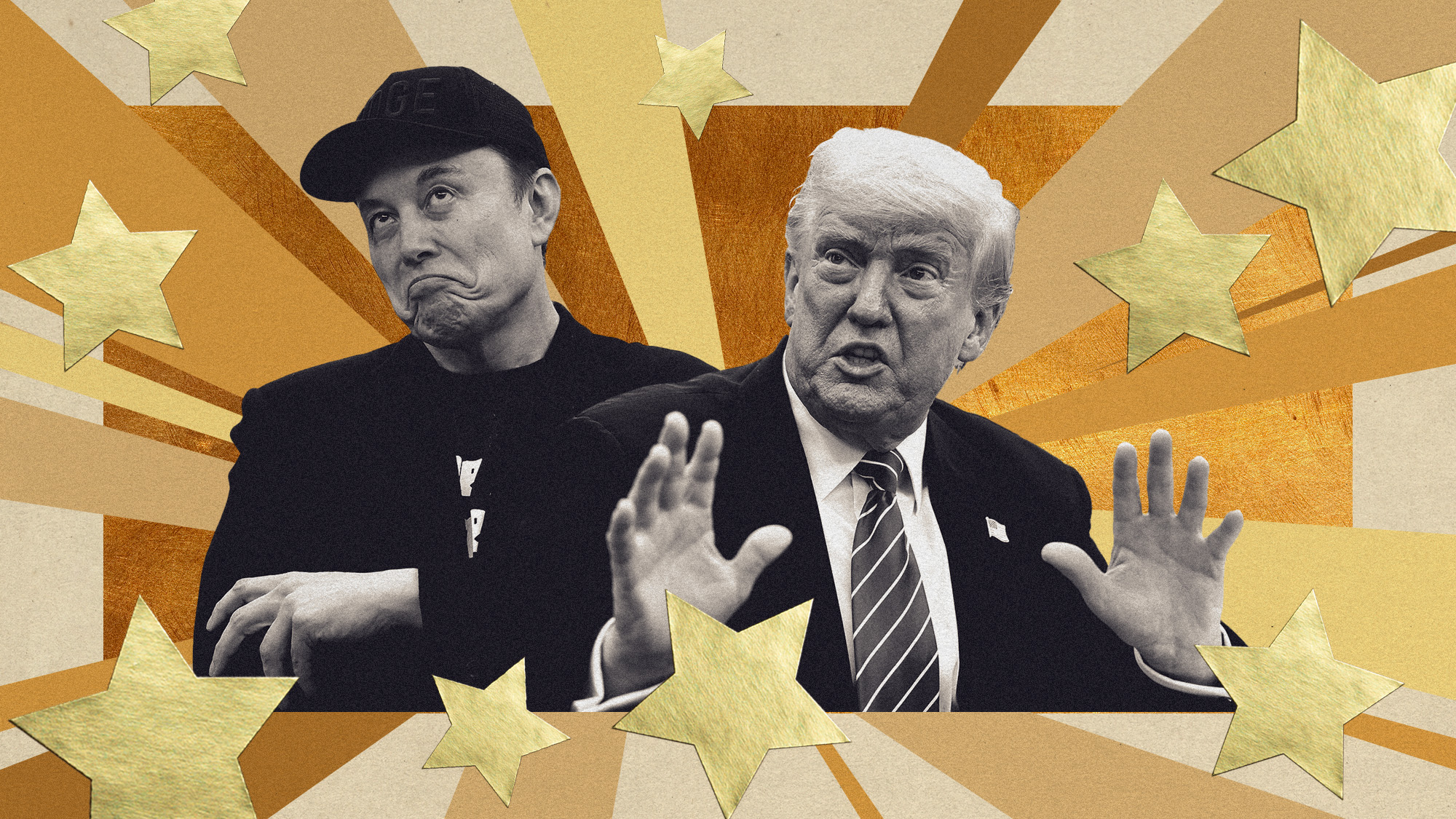 Biggest political break-ups and make-ups of 2025
Biggest political break-ups and make-ups of 2025The Explainer From Trump and Musk to the UK and the EU, Christmas wouldn’t be Christmas without a round-up of the year’s relationship drama
-
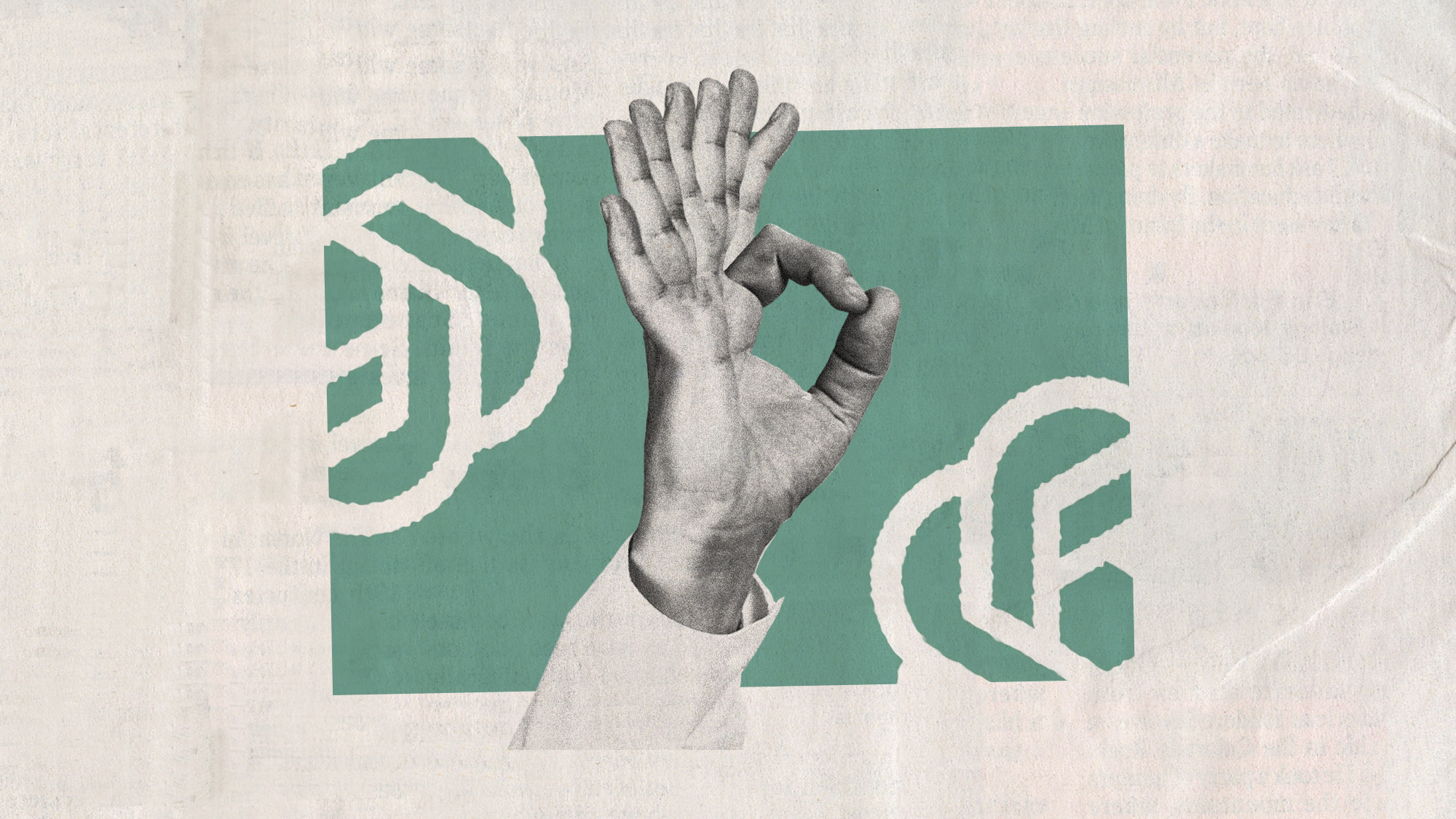 Why 2025 was a pivotal year for AI
Why 2025 was a pivotal year for AITalking Point The ‘hype’ and ‘hopes’ around artificial intelligence are ‘like nothing the world has seen before’
-
 The best drama TV series of 2025
The best drama TV series of 2025the week recommends From the horrors of death to the hive-mind apocalypse, TV is far from out of great ideas
-
 Bari Weiss’ ‘60 Minutes’ scandal is about more than one report
Bari Weiss’ ‘60 Minutes’ scandal is about more than one reportIN THE SPOTLIGHT By blocking an approved segment on a controversial prison holding US deportees in El Salvador, the editor-in-chief of CBS News has become the main story
-
 ‘The point here is not to be anti-tech but to rebalance a dynamic’
‘The point here is not to be anti-tech but to rebalance a dynamic’Instant Opinion Opinion, comment and editorials of the day
-
 Has Zohran Mamdani shown the Democrats how to win again?
Has Zohran Mamdani shown the Democrats how to win again?Today’s Big Question New York City mayoral election touted as victory for left-wing populists but moderate centrist wins elsewhere present more complex path for Democratic Party
-
 Millions turn out for anti-Trump ‘No Kings’ rallies
Millions turn out for anti-Trump ‘No Kings’ ralliesSpeed Read An estimated 7 million people participated, 2 million more than at the first ‘No Kings’ protest in June
-
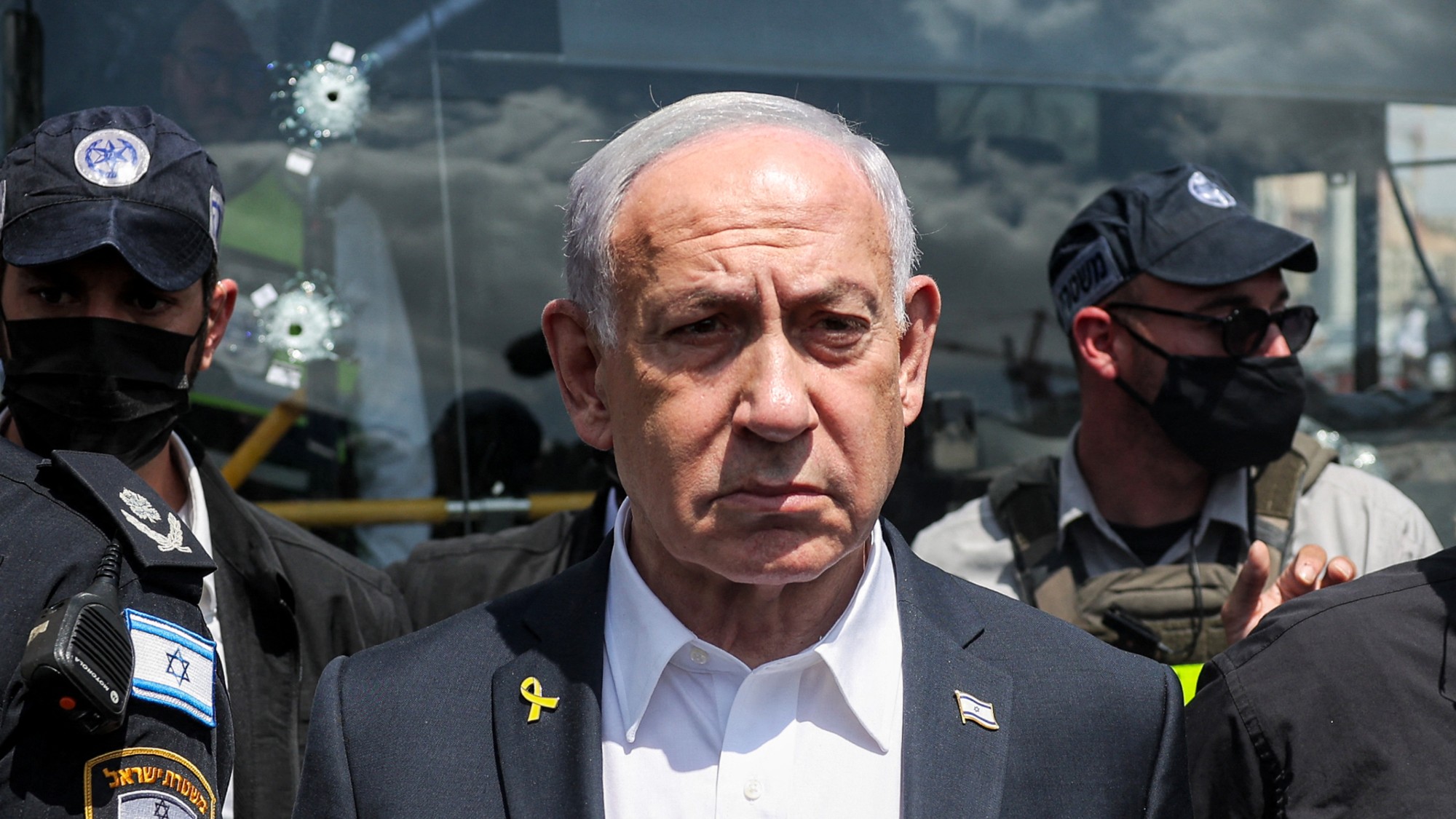 How Benjamin Netanyahu shaped Israel in his own image
How Benjamin Netanyahu shaped Israel in his own imageThe Explainer He has seldom been personally popular, but ‘King Bibi’ is an exceptionally shrewd operator
-
 'A symbol of the faceless corporate desire'
'A symbol of the faceless corporate desire'Instant Opinion Opinion, comment and editorials of the day
-
 'Enforcement of rulings remains spotty at best'
'Enforcement of rulings remains spotty at best'Instant Opinion Opinion, comment and editorials of the day
-
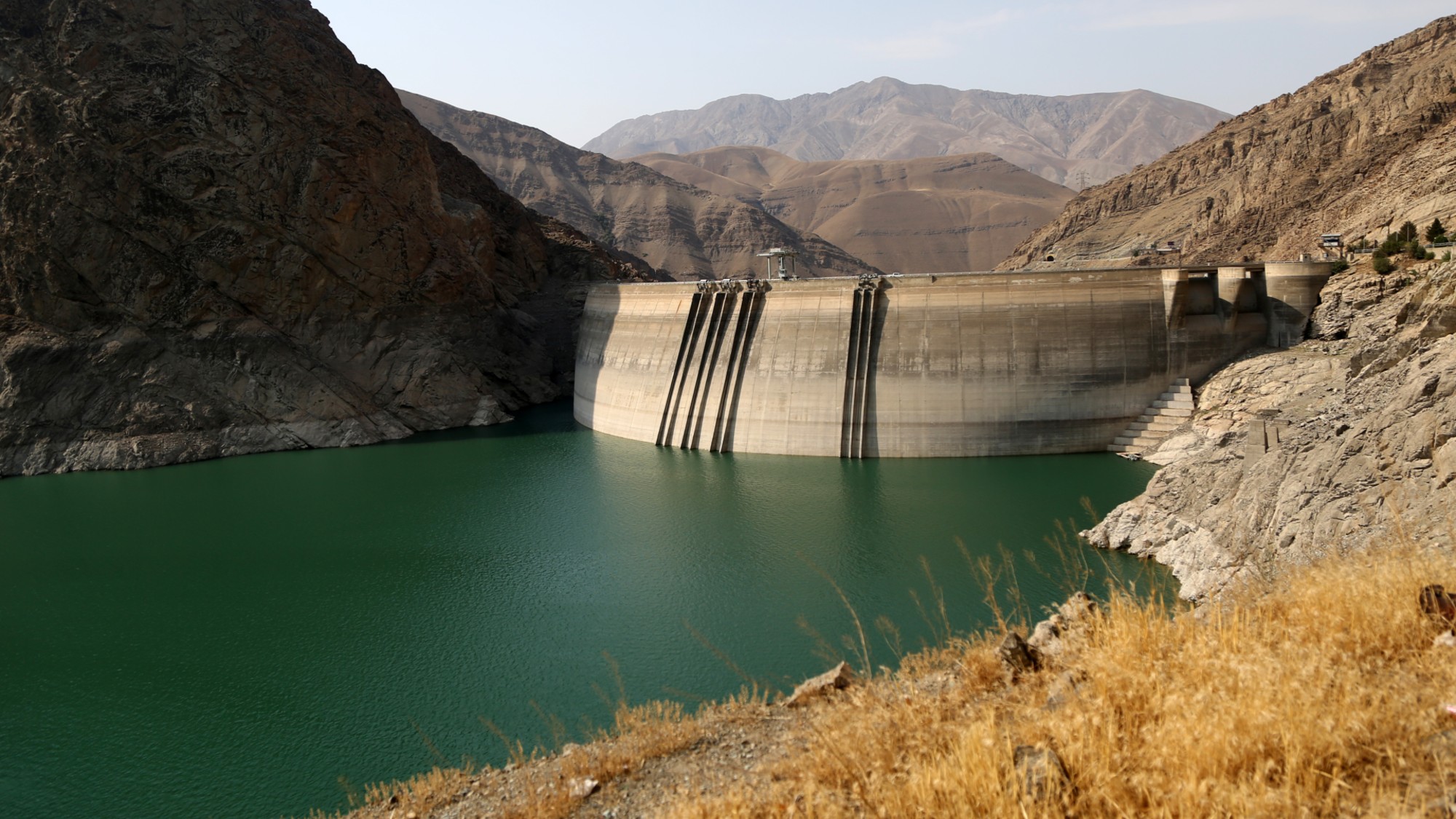 Could Iran's water crisis be the regime's tipping point?
Could Iran's water crisis be the regime's tipping point?Today's Big Question Drought is a problem. So is government mismanagement.